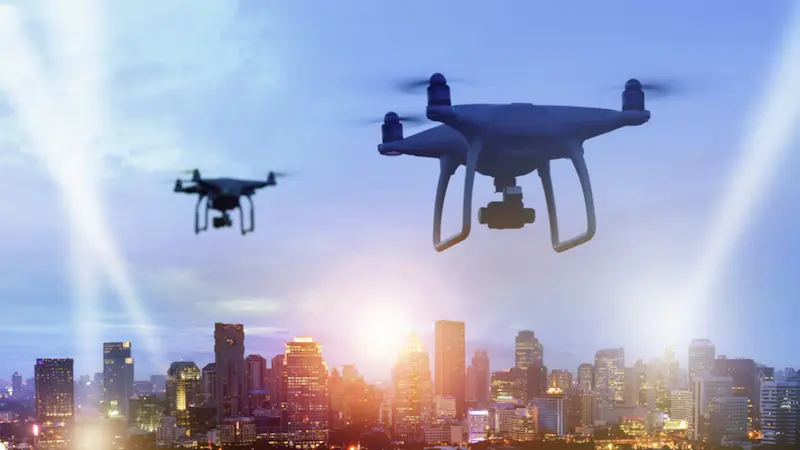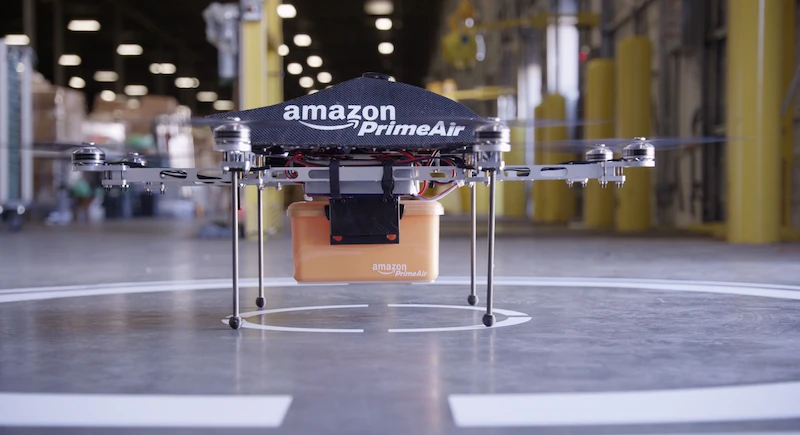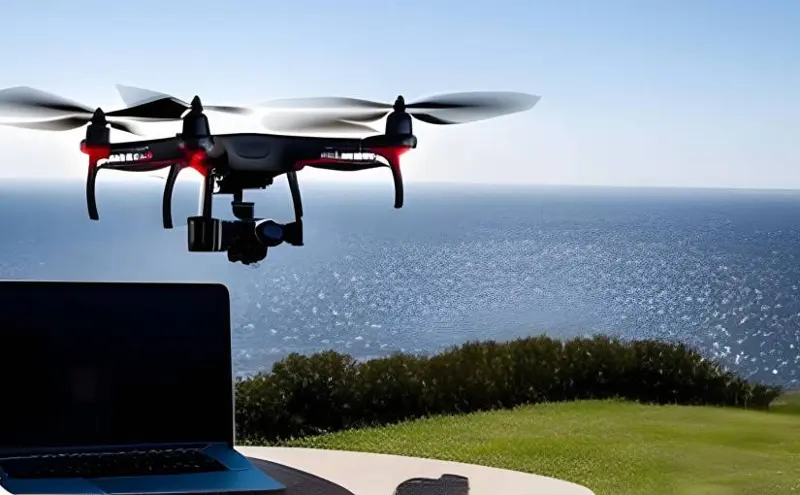
Hydrogen fuel cells are rapidly being used in drones, significantly extending flight times. Unlike traditional lithium-ion batteries, hydrogen fuel cells provide a much longer operational duration, which is a game-changer for various applications. This breakthrough is particularly beneficial for aerial surveillance and delivery services, where extended flight capability can enhance efficiency and reduce operational costs.
Hydrogen fuel cells generate electricity through a chemical reaction between hydrogen and oxygen, producing only water vapor as a byproduct. This efficient and pollution-free technology not only extends the flight duration but also reduces the environmental impact, making it a sustainable alternative to conventional power sources. Companies and researchers are increasingly adopting this technology to push the boundaries of what drones can achieve.
The extended flight times enabled by hydrogen fuel cells mean that drones can cover larger areas without the need for frequent recharging that is typical of drones today. This is especially advantageous for surveillance operations in remote or expansive regions where access to charging infrastructure is limited. For instance, wildlife conservationists can monitor large protected areas, ensuring the safety of endangered species without the interruption of frequent battery swaps.
Enhanced Surveillance Capabilities
Aerial surveillance is another sector that stands to gain immensely from hydrogen fuel cell technology. Law enforcement agencies, militaries, governments, and security firms can deploy drones for extended periods, conducting continuous monitoring without the need for frequent returns to base for recharging, thanks to lightweight and long-lasting hydrogen fuel cells. This continuous operation capability makes real-time surveillance in high-risk or sensitive areas possible, such as at large public events or border patrols.
In addition to increased flight times, hydrogen fuel cells also provide consistent power output, ensuring that surveillance equipment such as cameras and sensors operate optimally throughout the mission. This reliability is vital for capturing high-quality data and making informed decisions based on real-time information. By harnessing these hydrogen fuel cells, drones achieve remarkable endurance, enabling continuous aerial monitoring over vast territories without frequent recharging interruptions. This technological advancement is advantageous for surveillance missions requiring prolonged coverage over remote and expansive regions where access and operational logistics present significant challenges.
Equipped with sophisticated sensors and high-resolution cameras, hydrogen fuel cell drones elevate surveillance capabilities to unprecedented levels of precision and effectiveness. These drones can perform prolonged reconnaissance missions, providing real-time, high-definition imagery and data to operators and decision-makers. Such capabilities are instrumental in enhancing situational awareness, facilitating swift responses to security threats, and supporting emergency management operations with comprehensive aerial perspectives.
The integration of hydrogen fuel cell technology not only extends operational endurance but also enhances the drones’ operational stealth and maneuverability. With reduced noise emissions and minimal environmental impact compared to conventional drones, they can conduct covert surveillance operations discreetly and efficiently. This silent operational capability is critical in scenarios requiring clandestine monitoring without alerting potential targets or compromising operational security.

Advancements in Drone Delivery Services
In the realm of delivery services, hydrogen fuel cell-powered drones are transforming the logistics landscape with remarkable speed. With longer flight capabilities, these drones can complete multiple deliveries in a single flight, reaching customers faster and covering greater distances. Companies like Amazon Prime Air and UPS Flight Forward are leading the charge, deploying fleets of drones to deliver packages in record time. These aerial vehicles bypass traditional road networks, reducing delivery times from days to mere hours. This rapid delivery capability is beneficial for urgent medical supplies and perishable goods, and in rural or hard-to-reach areas, where traditional delivery methods are often time-consuming and costly.
Cutting-edge navigation systems are a cornerstone of drone delivery advancements. Utilizing a mix of GPS, computer vision, and AI, drones can now navigate complex urban environments with incredible precision. For instance, they can identify safe landing zones in crowded cityscapes, ensuring packages are delivered right to your doorstep or even to your apartment balcony. This level of accuracy minimizes the risk of lost or damaged parcels.
While the advantages of hydrogen fuel cell-powered drones are clear, there are still challenges to address. The development of a robust hydrogen infrastructure is essential to support widespread adoption. This includes creating efficient methods for hydrogen production, storage, and distribution. Additionally, safety measures must be rigorously implemented to handle hydrogen, which is highly flammable, especially in the context of aerial vehicles.
Enhancing Security and Reducing Noise
Security concerns are being continually monitored to ensure safe and reliable drone deliveries. Advanced encryption protocols protect communication between drones and control centers, preventing potential hijacking attempts. Additionally, features like tamper-evident packaging and real-time tracking provide an extra layer of security, giving customers peace of mind.
Noise reduction is another important focus area. Engineers are developing quieter propellers and more efficient motors to minimize noise pollution. Some drones now incorporate biomimicry, inspired by the silent flight of owls, to achieve near-silent operation. This innovation is necessary for integrating drone deliveries into residential neighborhoods without causing disturbances.
Artificial intelligence is also improving the operational efficiency of drone deliveries. Machine learning algorithms enable drones to adapt to changing weather conditions, avoid obstacles, and optimize delivery routes in real-time. This autonomy reduces the need for human intervention, lowering operational costs and making drone delivery services more scalable and efficient.

Technical Advancements and Future Prospects
Battery technology is another area witnessing significant progress. Innovations in lithium-sulfur and solid-state batteries are extending the flight range and payload capacity of drones. This means that drones can cover larger areas and carry heavier packages, making them more versatile for a variety of delivery needs. Imagine receiving a week’s worth of groceries or a new piece of furniture via drone, all in a single trip.
The future of drone technology is definitely looking more positive with the integration of hydrogen fuel cells. As advancements continue, we can expect even more innovative applications and improvements in efficiency and sustainability. This technology is set to redefine the capabilities of drones, paving the way for a new era of aerial operations that are both environmentally friendly and highly effective.
A challenge is the initial cost of hydrogen fuel cells, which can be higher than traditional batteries; but the long-term benefits, such as reduced operational costs, improved distance capabilities per trip, and extended drone lifespan, can offset the initial investment. As production scales up and technology improves, the costs are expected to decrease, making hydrogen-powered drones more economically realistic.

